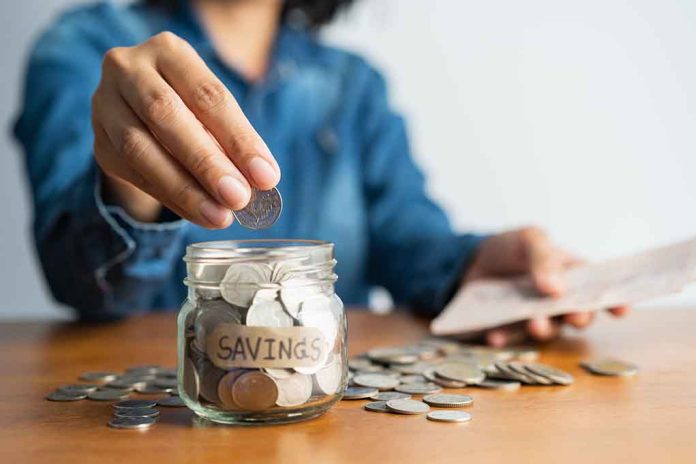
Building a personal emergency fund is crucial for financial security and resilience, enabling individuals to navigate unexpected expenses like medical emergencies or sudden unemployment.
At a Glance
- An emergency fund acts as a financial safety net for unexpected expenses.
- Helps avoid reliance on credit, preventing potential debt.
- The size and strategy for building a fund can vary based on individual needs.
- Automated savings and careful planning are pivotal in building this reserve.
- Regular financial reviews ensure adequacy and alignment with current circumstances.
The Importance of an Emergency Fund
An emergency fund is a dedicated cash reserve for unanticipated expenses like medical bills or car repairs. Its purpose is to shield individuals from financial instability in times of crisis, thus avoiding undue reliance on credit cards or loans, which often lead to debt. The recommended amount varies, generally covering three to six months’ worth of expenses, but adjustments based on personal circumstances are advisable. Establishing such a fund can offer peace of mind.
Such funds should be kept in safe yet accessible accounts, preventing their misuse for day-to-day transactions. To maximize returns, consider high-yield savings accounts or money market accounts linked to your checking account to ensure easy access when needed.
Q5. How does having an emergency fund impact financial security, and what strategies can be used to build one? #CreditChat pic.twitter.com/qSTJnMkrYN
— Experian (@Experian) September 4, 2024
Building the Fund: Strategies and Techniques
Automating savings transfers enhances consistency, proving effective for those struggling with discipline. This method ensures consistent growth, treating savings as a non-negotiable expense. Regularly monitor progress, setting savings goals to motivate further contributions. Taking advantage of one-time windfalls like tax refunds or gifts can accelerate fund growth and provide a safety net that protects against unplanned debt.
“Having a personal emergency fund has been incredibly beneficial in my career, especially when market conditions became unpredictable.” – John Gluch, Owner, Gluch Group
Budgeting deliberately can free up funds and foster a reliable saving habit. Start small and remain consistent; even modest beginnings can build substantial funds over time. Using strategies such as “pay yourself first” by allocating a set percentage of income to savings before other expenditures is effective in promoting disciplined saving habits.
How to Turn Emergency Funds Into Your Secret Weapon for Financial Security https://t.co/WwCDT40gp4 #ceo #entrepreneur
— Under30CEO (@Under30CEO) November 2, 2024
Expert Insights and Continued Financial Planning
Routine evaluations of your financial situation are necessary to ensure that your emergency fund aligns with any changes in lifestyle or expenses. This involves consulting financial advisors who provide professional guidance. Such measures can prove invaluable, particularly during economic downturns or employment transitions, giving you confidence and security.
“A 2024 Bankrate survey found that only 44% of Americans could cover a $1,000 emergency from their savings.” – Bankrate survey
Finally, financial experts emphasize the importance of a structured approach when building your emergency fund. Consistent contributions over time can protect against unexpected costs and foster financial resilience, allowing you to handle life’s unexpected challenges. Staying informed and aligned with best practices can significantly impact your financial stability.
Sources:
- An essential guide to building an emergency fund | Consumer Financial Protection Bureau
- 5 Steps to Creating an Emergency Fund | Morgan Stanley
- How Should You Approach Building a Personal Emergency Fund? – TechBullion













